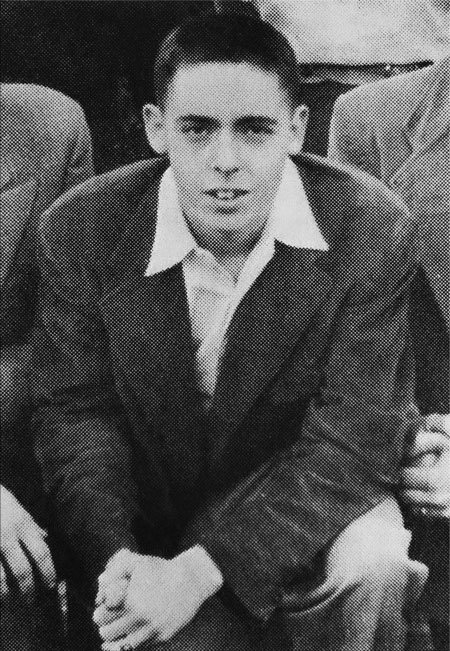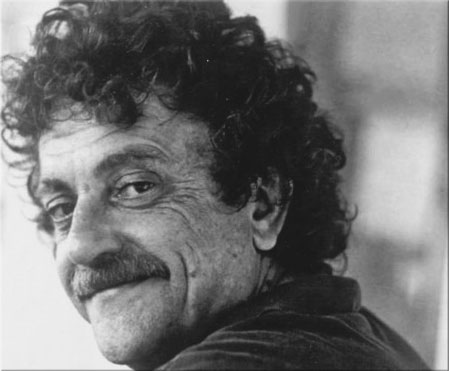
If you’ve never heard about paranoid fiction before, it does not mean that you have missed some of the essential literary movements of the century or there is a big gap in your education. Honestly speaking, it was not so long ago when I discovered this term for myself. I was very curious before I found that I knew most of the names in the list of writers representing the movement – William Burroughs, Thomas Pynchon, Kurt Vonnegut, Hunter Thompson, Howard Lovecraft, George Orwell, and Franz Kafka.
According to the literal critics who decided to shape this sub-genre, paranoid fiction depicts reality as a subjective phenomenon that can be easily changed by the bare will of the protagonist or some of the characters. In most cases, the character is in opposition with the totalitarian government or any other despotic authority, often finding themselves locked in the dystopian and hostile reality.
Unlike speculative fiction, where the author rather questions the nature of our world in the nearest future or deals with alternative history issues, in paranoid fiction, the universe is described in the light of the protagonist’s urge to escape from this reality. Thereby, a story is frequently told from the perspective of an unreliable narrator who can not give the whole picture. A great example of such a narrative is Philip Dick’s “Confessions of a Crap Artist,” where the same events are told differently by the novel’s three major characters. Simultaneously, the reader has to maneuver between different versions of the events looking for answers.
When I was thinking about a correct definition of this sub-genre, I found out that many of its principle traits are also typical for other important genres like Latin American magical realism. Such stories also often feature delusions, fantasies, or mystics. However, the principal difference between the genres probably lies in the character’s attitude towards the world they live in.
The characters of such prominent magic realists as Borges and Cortazar find new meanings and interpretations of the reality hidden behind the trivial surface. Paranoid literature characters are most likely to find nothing but horror and terror that have been sleeping unknown for centuries. Both genres seem to be very much like twin brothers with opposite views on life in this context.
Paranoid fiction is predominantly an American literature phenomenon. As I mentioned before, the narrative is often dark, gloomy, and anxious, which probably indicates the close spiritual connection to dirty American realism.

Such authors as Henry Miller or Cormac McCarthy were also noted for exploring the themes of transgressive and social dysfunction. In any way, to understand the essential ideas and moods of this genre, it will be great to look at some of the principal authors and their primary works, and that is what we are going to do right now!
Thomas Pynchon
Thomas Pynchon is one of the most mysterious American writers of the 20th century and one of the most complicated ones. Pynchon’s obsession with ideas of total control and absolute causality is normally represented through the prism of the contemporary culture depicted in Pynchon’s postmodernist detectives as a universal code that has to be solved by the main character who is often represented as a detective in Pynchon’s works.
Shaking the modern Western scientific canon pillars and juggling with endless cultural references, Pynchon creates complex and heavyweight texts that always leave much space for interpretation and untangling.
Recommended novel: “The Crying of Lot 49” (1965)
H. P. Lovecraft
Howard Lovecraft, one of the godfathers of American horror, is also frequently listed as a paranoid writer. Lovecraft is mostly known for his short stories that mainly deal with mythology, mystics, horror, and human psychics. Pessimistic about the future and often misanthropic, Lovecraft’s stories feature a distinctive grimdark style and detailed descriptions of stressful states and delusions that the Lovecraft’s protagonists have to face risking their love, unable to deal with the horrors of the unknown.
Recommended short stories: “From Beyond” (1934), “Herbert West–Reanimator” (1922), “The Call of Cthulhu” (1928)
Kurt Vonnegut

Vonnegut’s social studies and works are much more reader-friendly and lightweight than those listed above. On the one hand, his simple and ironic style of writing is incredibly gripping and entertaining. On the other hand, Kurt Vonnegut is also known as the mastermind behind some of the most alarming futuristic concepts that turn out to be frighteningly realistic and down-to-earth in many ways.
Recommended novel: “Slaughterhouse-Five” (1969), “Cat’s Cradle” (1963)
However, the list would be incomplete if we omitted one of the most important art forms of the 20th century – cinema. So, I also decided to pick some of the most representative original feature films that were inspired or can be related to paranoid fiction as well:
David Cronenberg – “Videodrome” (1983)
David Fincher – “Fight Club” (1999)
Terry Gilliam – “Brazil” (1985)
John Frankenheimer – “The Manchurian Candidate” (1962)
David Lynch – “Lost Highway” (1997)





